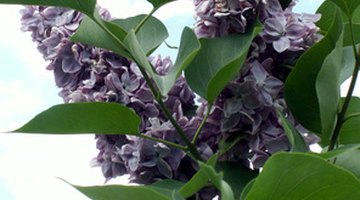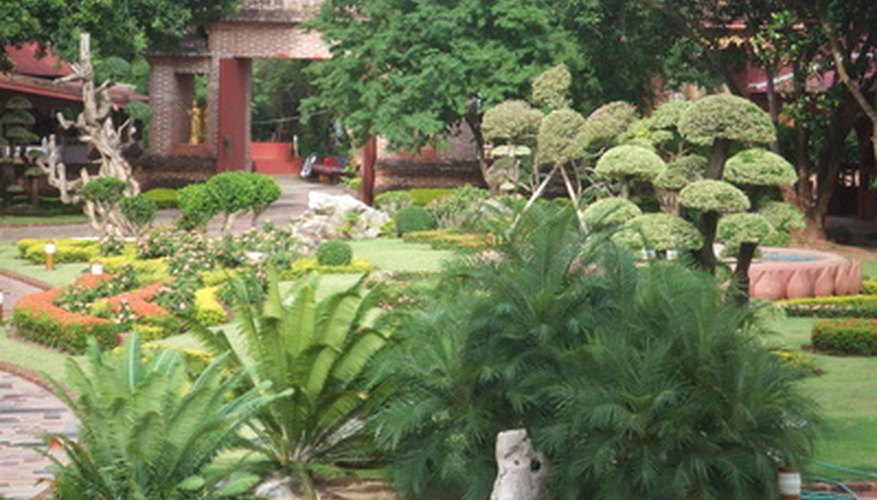Armillatox is a commercial product designed specifically for the control of honey fungus. It can be effective in stopping the spread of honey fungus in a garden, but there is no certain cure for plants that are already infected.
The problem
Honey fungus -- Armillaria mellea -- is a naturally occurring fungus that speeds up the decomposition of dead wood. That’s not a problem in the wild but can be in a garden setting. The fungus spreads through soil using threadlike fibres called rhizomorphs, which infect adjacent trees and shrubs by working their way under the bark. The soil can remain “infected” with honey fungus even when a dead plant is removed.
- Honey fungus -- Armillaria mellea -- is a naturally occurring fungus that speeds up the decomposition of dead wood.
Susceptible plants

Trees most at risk from honey fungus include lilac, several of the flowering cherries, willow, cedar, monkey-puzzle, privet and birch. Some trees are thought to be immune to it, including yew, California black walnut and box elder. Resistant species include false acacia, bamboo, some fir varieties, juniper and beech.
The product
Armillatox is a blend of alkylphenols, chemicals that are common in detergents, plastics and pesticides. The company website says such chemicals are produced naturally by plants as a defence against disease, and that Armillatox helps prevent honey fungus by providing plants with an extra boost of the chemicals. It’s applied to the bark at the base of a tree two or three times a year as a preventive.
Dissenting opinion
The Royal Horticultural Society says there are no chemicals that effectively control honey fungus. A number of posts on gardeners’ forums disagree with that assessment, however, and claim that Armillatox is effective. The RHS recommends gardeners get rid of honey fungus by digging out all infected roots and stumps and either burning them or taking them to a landfill. Trees closest to the infected plant should be removed, and no planting should be done at the site for a full year with the exception of annuals.
- The Royal Horticultural Society says there are no chemicals that effectively control honey fungus.
- A number of posts on gardeners’ forums disagree with that assessment, however, and claim that Armillatox is effective.
Using Armillatox
The company recommends the following dilutions and amounts for treating plants preventively for honey fungus: shallow-rooted plants, 15:1, 500 ml (1/2 quart) per plant; shrubs, 25:2, 1 litre (1 quart) per shrub; small trees, 9:1, 10 to 15 litres (10 to 15 quarts) each; large trees, 15:2, 18 litres (4 gallons) each.
